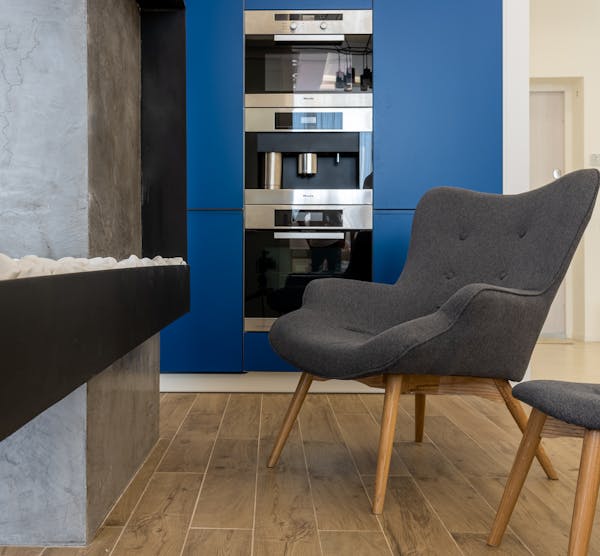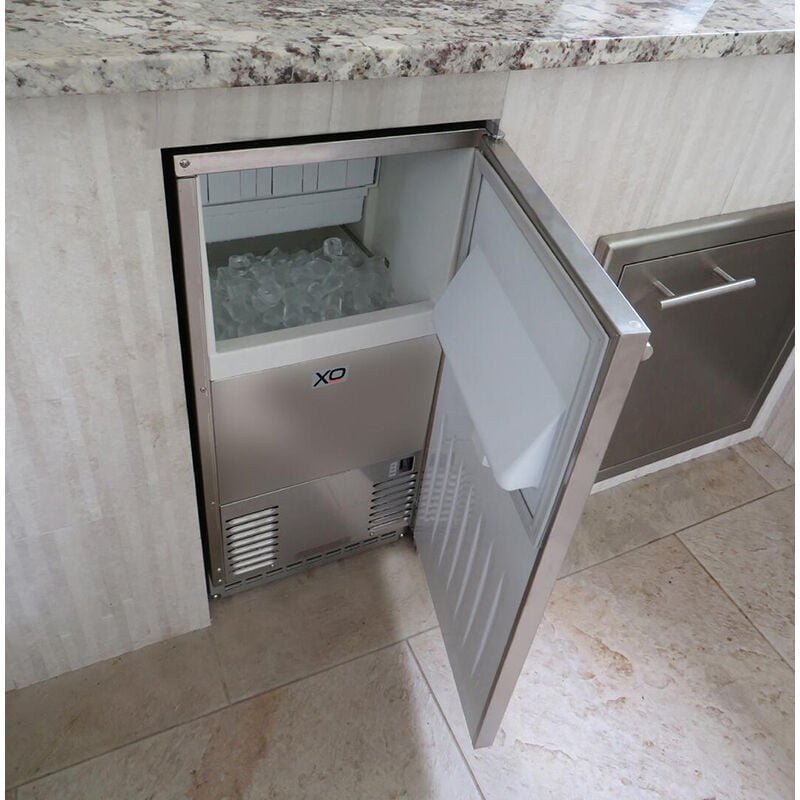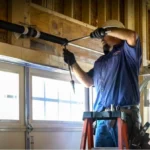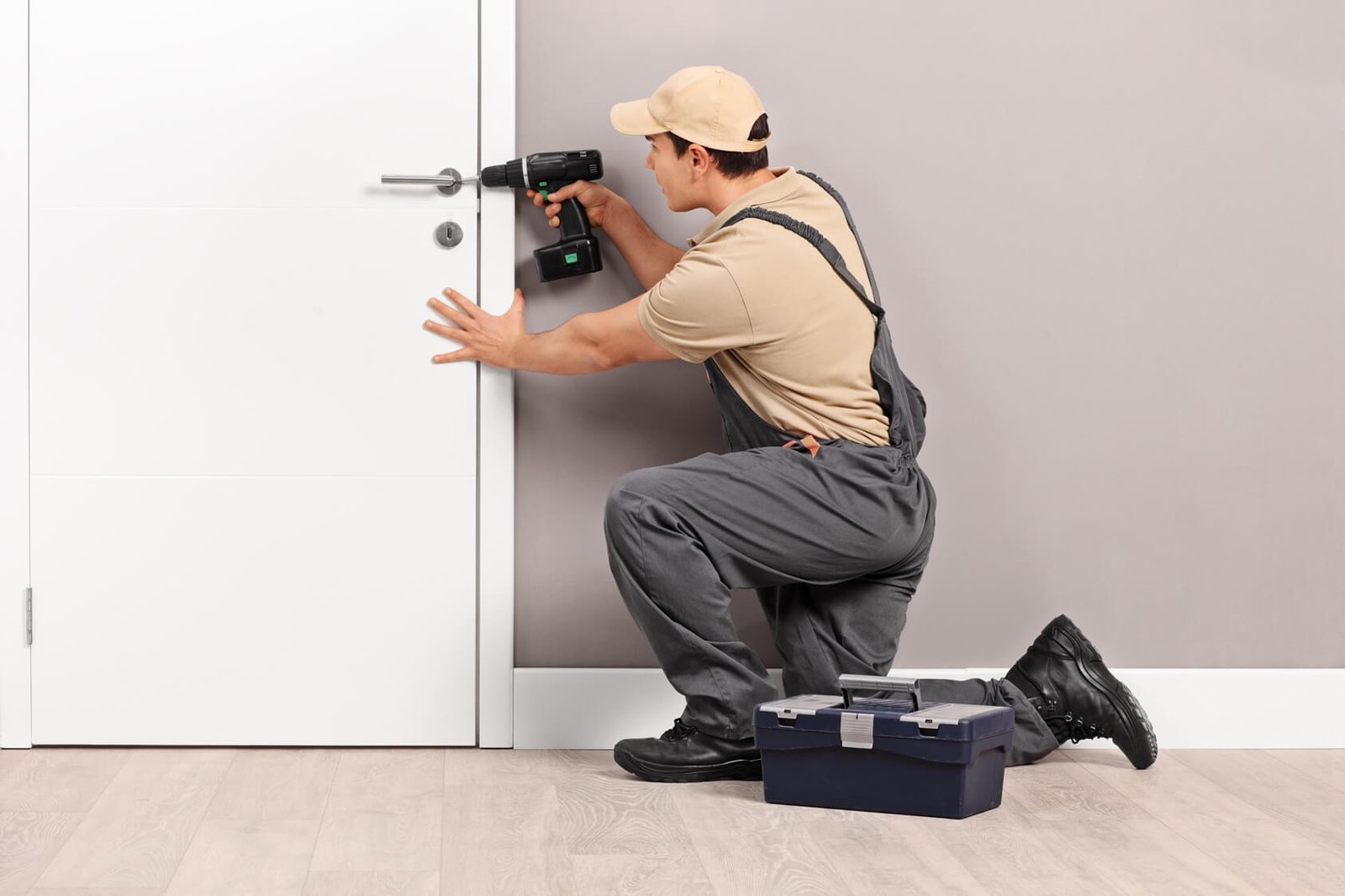It is a great inconvenience to have a broken ice maker when you are parched and in need of something refreshing to drink while you are in these situations. If the ice maker in your freezer suddenly stops making ice, there are a number of potential issues that need to be investigated before you can discover a quick solution to the problem. This video will explain to you exactly what went wrong and how to fix it if your ice maker suddenly stopped producing ice for no apparent reason.

If the ice tray is already full, you may need to reset the ice machine.
If ice cubes develop in the tray but do not melt into the collection bin, this indicates that water is being fed into the ice maker. Ice is an indication that there is a problem with the mechanical or electrical systems rather than the water supply.
When troubleshooting a refrigerator, the first thing to check is whether or not the ice-making control arm or wire is in the “off” (up) position. If it is, proceed to the next step. (If you search around in the freezer, you might find yourself coming upon this by accident.) Move the wire or control arm down into the “on” position if it is in the “up” position. Frequently, resetting an ice maker that is handled by touch panels on refrigerators requires nothing more than turning the power on and off.
If the switch is set to “on,” the tray is full of ice, and ice cubes still do not come out of the ice maker, it is possible that the ice maker has to be reset. After you have finished sealing all of the electrical connections, the water supply valve should be turned off, and the refrigerator should be unplugged. If the plug in the freezer has a quick-release mechanism, you should disconnect it and then reconnect it. After you have finished removing the ice from the tray, turn on the refrigerator again. Raise and lower the regulating arm or wire, and then wait ten seconds for the ice tray to fill with water before proceeding.
If there’s no ice, check the ice maker’s water flow
If the ice maker is entirely broken, meaning that it does not produce any ice at all, the problem may lie in the water supply. If the water supply line develops a blockage, springs a leak, or sustains damage, the ice maker may turn off on its own or stop operating altogether.
In addition to the ice maker itself, the water inlet valve and any accompanying tubing should be inspected for leaks, corrosion, and blockages. The next step is to inspect the water line for any problems, such as leaks, cracks, or loose connections, and then make any necessary repairs. The presence of frozen water in the line is a common factor that contributes to blockages; in this scenario, shutting off the valve and thawing the pipe should be sufficient to restore water flow.

A homeowner who is skilled with tools and appliances may be able to fix a broken ice maker on their own, but homeowners who are not skilled in this area should contact a professional appliance repair service for assistance.
The water filter may be clogged.
A clogged water filter can also be to blame for an ice maker that isn’t working properly. Even though the vast majority of contemporary refrigerators are equipped with sensors that will notify you when it is time to clean the filter, you should still clean it once every six months just in case. Changes in the odor or flavor of the ice and water, as well as a lessened water flow rate from the water dispenser in the refrigerator, are symptoms of a dirty water filter. Additionally, if the water filter is dirty, the flow rate of the water will decrease. Your refrigerator’s ice maker may give the impression that it is damaged if it is programmed to stop generating ice or water after the “replace by” date that is printed on the filter.
Changing out a water filter is a straightforward process that normally consists of removing the filter cover, pulling out the old filter, and twisting the new filter in its place. Reading the instructions provided by the manufacturer will allow you to select and install a filter that is compatible with your refrigerator.
Water dose can be adjusted for large or tiny cubes.

Even in the absence of a clogged water line, an ice maker may on occasion create cubes that are of an inappropriately small size. Reduce the amount of water you regularly use to make ice cubes in order to get them back to the ideal size.
To begin, remove the top from the ice maker so that you can regulate the amount of water that is in the tray. Under the cover, property owners can find a plus and minus sign that is equipped with a screw and spring. If you turn the screw in, or toward the minus symbol, the quantity of water used per cycle will decrease, and if you turn it out, or toward the plus sign, the amount of water used per cycle will increase. The subsequent batch of ice cubes should be of the appropriate size once the previous issues with the ice maker have been resolved.
Hiring an appliance repair agency may be the fastest option to fix your ice machine
If you have no experience with plumbing, electrical work, or any other kind of repair, you may want to consider having a professional take care of any problems you’re having with your kitchen appliances, such as a broken ice machine or frost in the freezer. This is especially the case if you have no experience with repairing refrigerators or freezers. The most reliable appliance repair services will staff their teams with highly skilled professionals who will promptly diagnose the issue and provide a solution without wasting any time.
If you need to hire a business to fix your appliances, you should only do so if the technician has the required licensure and certification to complete the job lawfully. If you find yourself in a situation where you need to employ a business to fix your appliances, read on. In addition to this, a professional repairman will be well-versed in the most recent tools and procedures, and they will also offer a warranty for the quality of their job. It is in the best interest of homeowners to inquire directly with the company about their rules regarding licensure, certification, and warranties.
Talk to an expert.
Request no-obligation quotes for appliance repair from qualified experts in your area.
Some More Common Ice Maker Problems and their solution
Make Sure You Haven’t Stopped Or Turned Off The Ice Maker
Fixing settings is easiest. There may be various ways to stop the ice maker from working. A family member may have accidentally shut off the ice maker. Digital display devices can use this panel to control the ice maker. Press and hold the ice maker or power button to verify if it’s disabled.
Lifting the fill bar stops an icemaker. The ice storage container has a metal bar protruding from the ice machine. The fill bar should raise when the ice bin is full to stop further production. To switch off an ice maker manually, raise the fill bar. Lower the fill bar to activate your ice machine.
Misset Fridge Thermostat
The fridge’s thermostat may be to blame. If your freezer is excessively warm or cold, your icemaker won’t work. The refrigerator houses the thermostat. The fridge and freezer may share a thermostat. The fridge and freezer may have separate temperature knobs.
Check if your refrigerator’s thermostat controls the freezer’s temperature. Soft ice requires a colder freezer. If ice won’t melt, raise the temperature.
The Ice Got Caught in the Mold
Broken, splintered, or fluffy/frosted ice is a common ice maker complaint. This is because ice got stuck in the ice mold. If the entire batch of ice becomes stuck, no new ice will be made and the tray’s water level may be an issue.
It’s easy to fix. Stop the ice maker and fill the tray with warm water from a pitcher. Warm water safely melts stuck ice pieces in your ice tray without adding chemicals, allowing you to continue making ice without interruption. When the ice tray is empty, empty the ice bin to remove any water or broken ice.
The ice maker is Not Level
It’s common to disregard if your ice maker is level. If the ice maker isn’t mounted properly in the refrigerator, the ejector assembly and ice leveling will be affected. First, level the fridge. Bubble-level the fridge and freezer floors. Adjust the fridge’s feet if necessary to balance it.
If the fridge is level, check the icemaker’s mounting. Check the mounting brackets and screws. Damaged parts should be reshaped or replaced.
Talk to an expert.
Request no-obligation quotes for appliance repair from qualified experts in your area.






